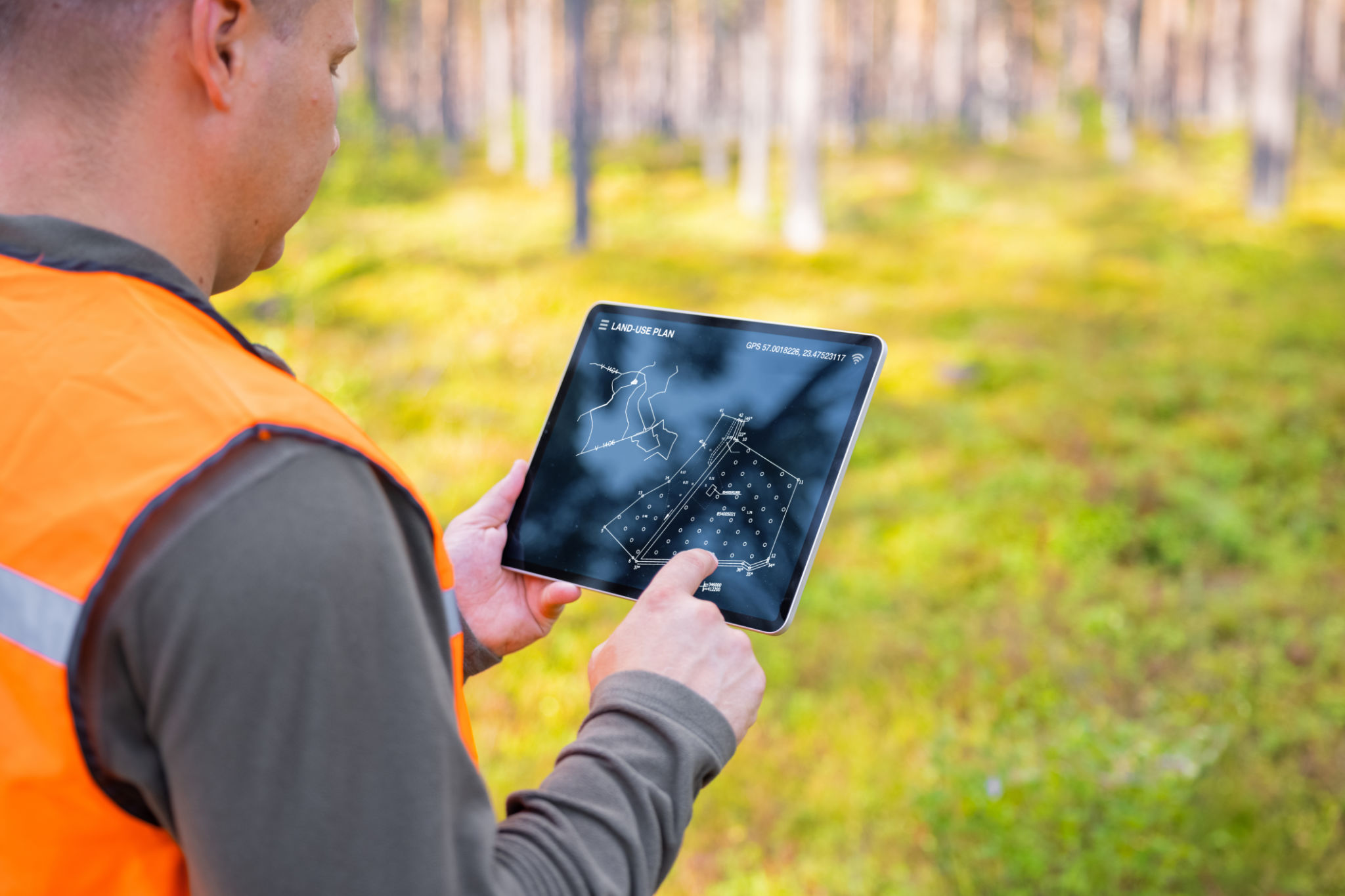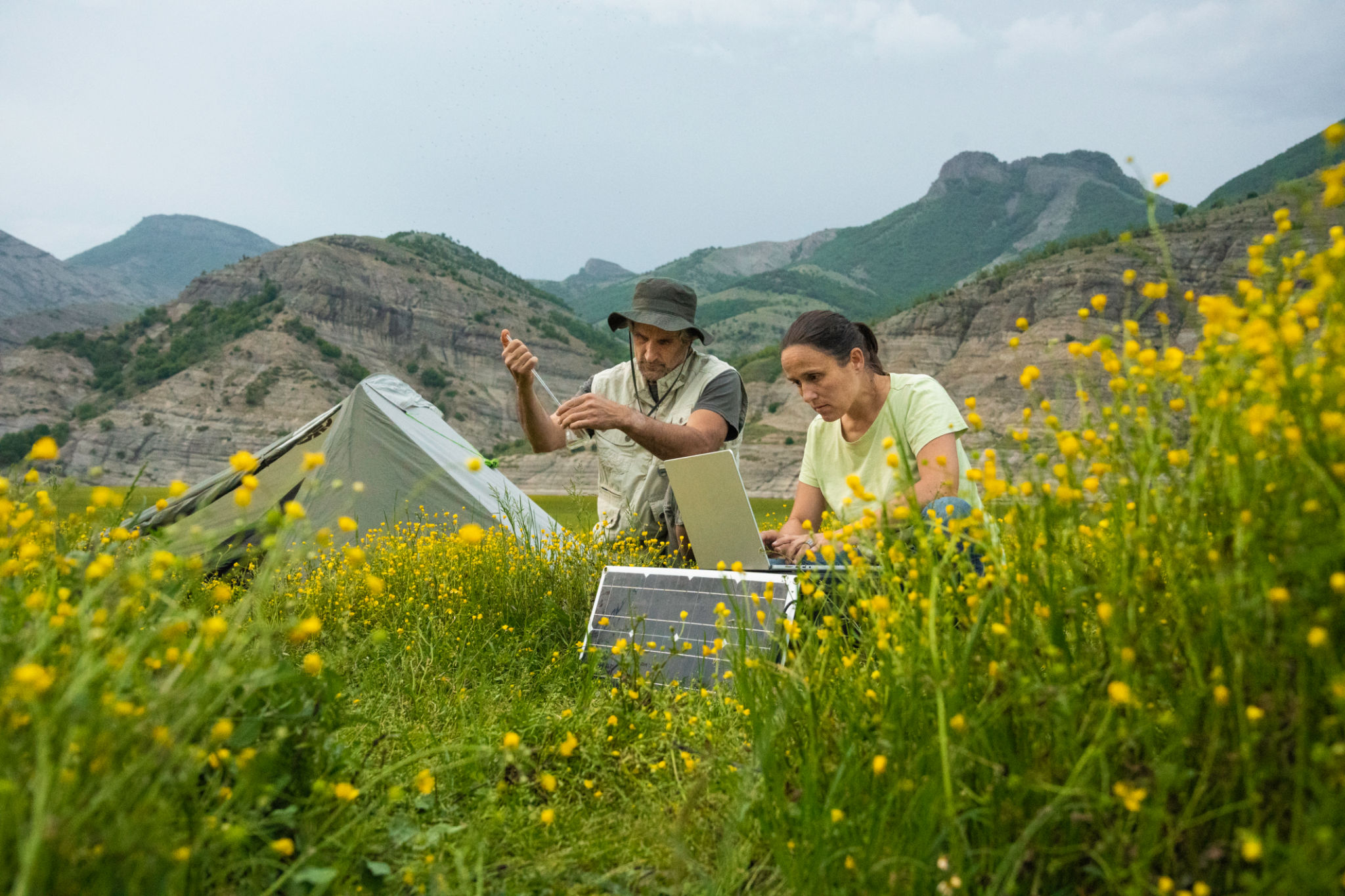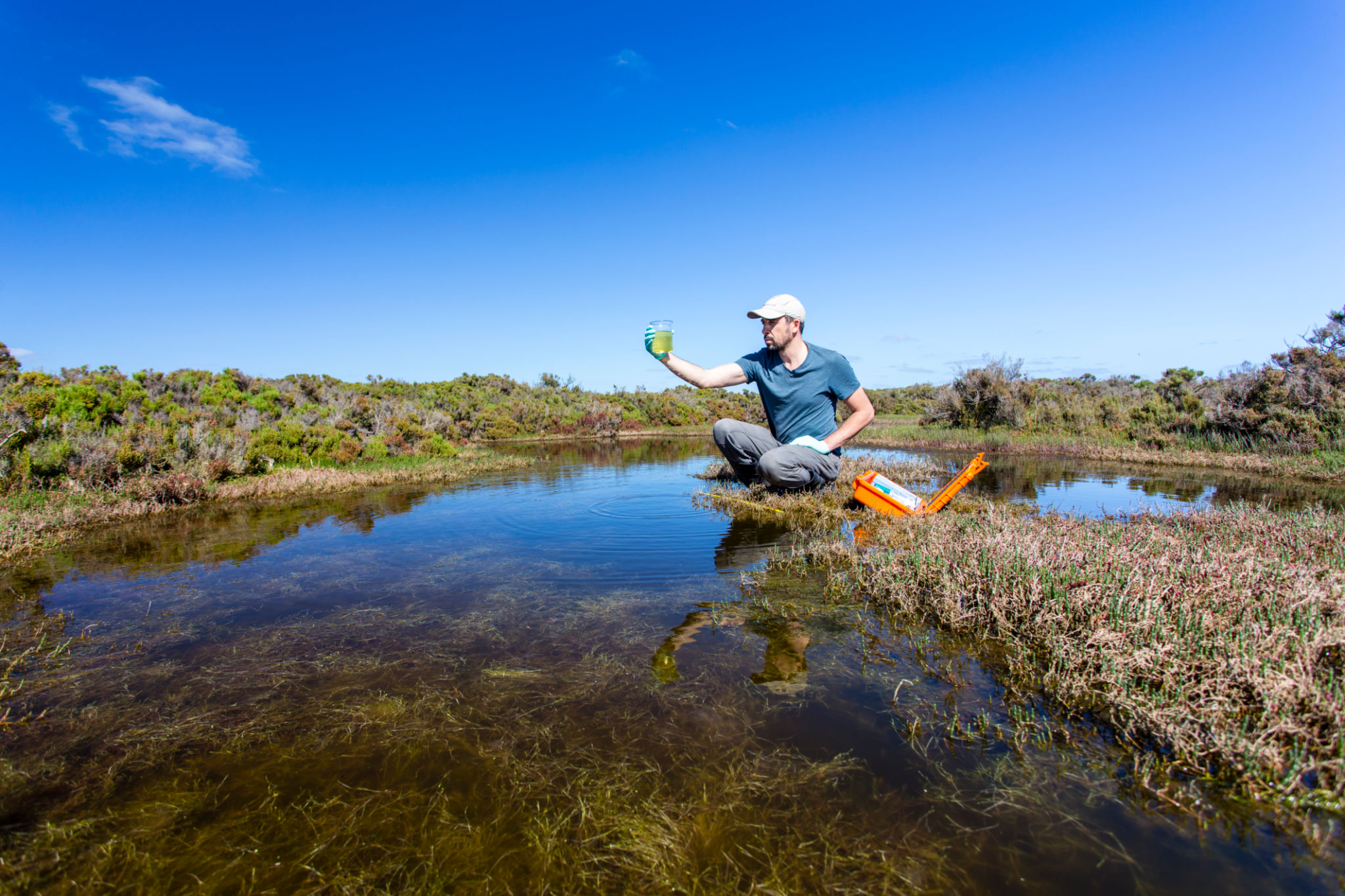How to Conduct a Biodiversity Assessment in Walton County
Introduction to Biodiversity Assessment
Conducting a biodiversity assessment is crucial for understanding and preserving the ecological richness of any area. In Walton County, known for its diverse ecosystems, a comprehensive assessment helps in maintaining the balance between development and environmental conservation. This guide will walk you through the essential steps.
Biodiversity assessments are valuable tools for environmental planning and decision-making. They provide insights into the species present, their habitats, and the ecological processes that sustain them. By understanding these components, we can implement effective conservation strategies.

Planning Your Assessment
The first step in conducting a biodiversity assessment is thorough planning. Define the scope and objectives of your assessment. Are you focusing on a particular species, habitat type, or the entire ecosystem? Identifying these goals will guide your methodology and resource allocation.
Next, gather a team of experts or volunteers with knowledge in ecology, botany, zoology, and environmental science. Their expertise will be invaluable in identifying species and understanding interactions within the ecosystem. Additionally, ensure you have the necessary permits from local authorities to conduct your assessment legally and ethically.

Data Collection Methods
For a successful biodiversity assessment, employ a combination of data collection methods. Field surveys are fundamental, involving direct observation and recording of species in their natural habitats. Employ techniques such as transect walks, quadrat sampling, and camera trapping to gather comprehensive data.
Incorporating technology can enhance data accuracy and efficiency. Use geographic information systems (GIS) for mapping habitats and species distribution. Drones are also becoming increasingly popular for capturing aerial views of larger areas, providing a broader perspective of the ecosystem.

Data Analysis and Interpretation
Once data collection is complete, the next step is analysis. Use statistical software to process and analyze the gathered data. This will help in identifying patterns, trends, and anomalies in species distribution and abundance.
Interpretation of the data should lead to actionable insights. Consider how human activities are impacting biodiversity in Walton County. Are there specific areas where conservation efforts should be intensified? Identifying such hotspots is crucial for targeted environmental management.

Reporting and Action Plans
After analyzing the data, compile your findings into a detailed report. This document should include an overview of methods used, data collected, and significant findings. Clearly articulate any recommendations for conservation actions or policy adjustments.
Present your report to stakeholders including local government, conservation groups, and the community. Engaging with these parties can foster collaboration and support for implementing conservation strategies.
Monitoring and Follow-Up
Biodiversity assessment is not a one-time activity but an ongoing process. Establish a monitoring plan to track changes over time. Regular follow-ups can help in assessing the effectiveness of implemented strategies and making necessary adjustments.
Create a schedule for periodic reassessments. Consistent monitoring ensures that you can respond swiftly to any negative trends or emerging threats to biodiversity in Walton County.

Conclusion
Conducting a biodiversity assessment in Walton County demands meticulous planning, execution, and follow-up. By understanding the intricate web of life within its ecosystems, we can take informed steps towards preservation and sustainable development. A well-conducted assessment not only benefits the local environment but also contributes to global conservation efforts.